Education in the 1930s
Introduction: The Depression was a terrible time for the American economy, and patriotic morale for democracy was low for the people. Thus, education received dwindling funds, and many schools were closed. Nevertheless, “every cloud has a silver lining” was true during the Depression because the lacking education resulted in the social opinions given by education advocate John Dewey, and uniquely enough, higher literacy rates among school children.
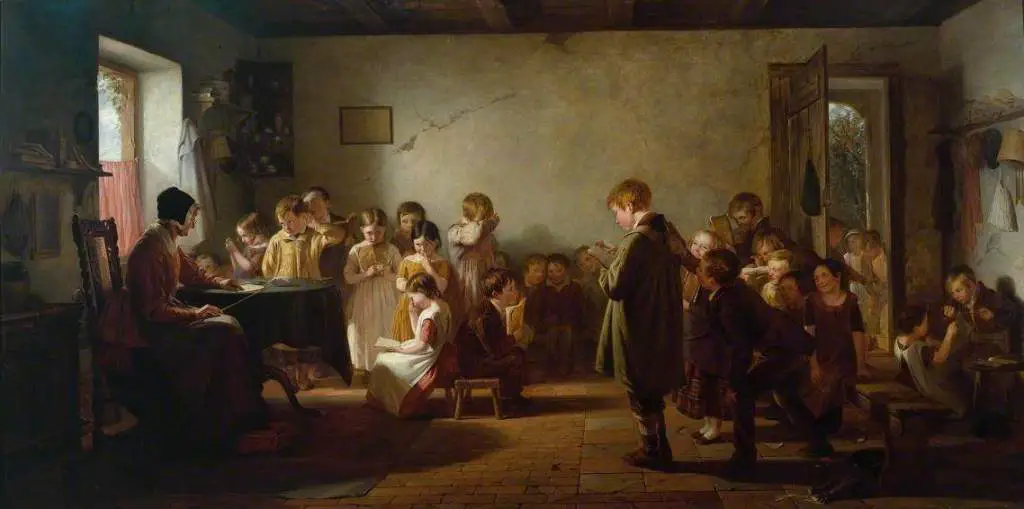
John Dewey (1859-1952): “Father of Modern Education”
-Although John Dewey (not the librarian who created the Dewey Decimal System) isn’t well known today, he is considered by many philosophers as the “Father of Modern Education.”
-He created the idea (pragmatism) that education should be learned through experimentation and understanding of nature instead of simply remembering knowledge.
-John Dewey also supported democracy to be the main aspect of fair education because education in the 1930s still hadn’t been fair to all students. After seeing the Depression’s troubling effects on education, he wrote several articles for magazines about social reforms in education. With so many of his useful ideas, modern education adopted them for today.

Depression Literacy Rates Among School Children
– Strangely enough, literacy rates improved during the Depression even though many schools were being closed.
-Especially, children were encouraged to go to school to keep them out of trouble, and it provided them with a difference and temporary sidetrack from the Depression’s effects in their daily routine. Many also tried to learn to read because it provided them with a boost in happiness and to their social status as well.
In conclusion, even with so many mistakes in 1930s education, it provided a foundation for improvement in today’s education.
Check out these popular articles 🙂
Circulatory System: Blood Flow Pathway Through the Heart
Ectoderm vs Endoderm vs Mesoderm
Circulatory System: Heart Structures and Functions
Ductus Arteriosus Vs Ductus Venosus Vs Foramen Ovale: Fetal Heart Circulation
Cardiac Arrhythmias: Definition, Types, Symptoms, and Prevention
Upper Vs Lower Respiratory System: Upper vs Lower Respiratory Tract Infections
Seven General Functions of the Respiratory System
Digestive System Anatomy: Diagram, Organs, Structures, and Functions
Kidney Embryology & Development: Easy Lesson
Autocrine vs Paracrine vs Endocrine: What are the Differences?
Their Eyes Were Watching God: Mule Symbol
Shoulder Abduction Muscles: Medical Anatomy and USMLE
Cell Membrane Dynamics: Flippase vs Floppase vs Scramblase
Cell Membrane Fluidity: Factors That Influence and Increase the Cell Membrane Fluidity
Psychology 101: Crowd Psychology and The Theory of Gustave Le Bon
Introduction to Evolution: Charles Darwin and Alfred Russel Wallace
An Overview of Shorthand: History and Types of Shorthand
Calculus: Two Important Theorems – The Squeeze Theorem and Intermediate Value Theorem
Copyright © 2022 Moosmosis Organization: All Rights Reserved
All rights reserved. This essay first published on moosmosis.org or any portion thereof may not be reproduced or used in any manner whatsoever
without the express written permission of the publisher at moosmosis.org.

Please Like and Subscribe to our Email List at moosmosis.org, Facebook, Twitter, Youtube to support our open-access youth education initiatives! 🙂
Categories: education, Literature, philosophy, Social Studies

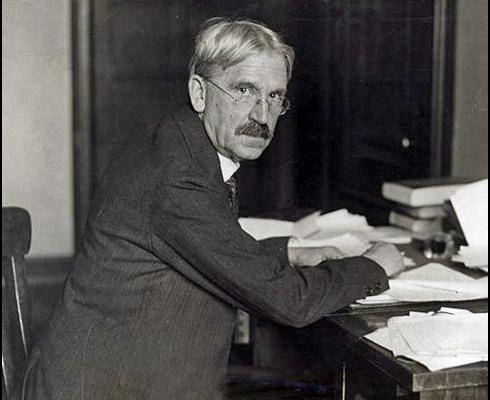

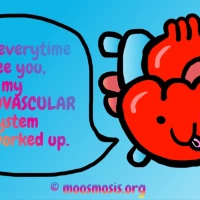

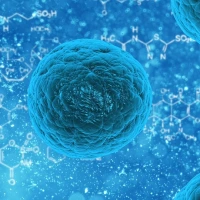


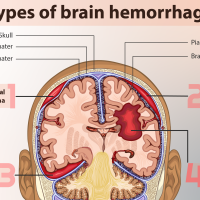
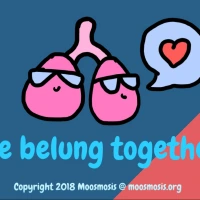

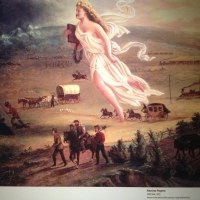
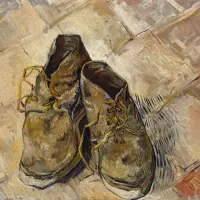

Fascinating!
LikeLiked by 1 person
Thanks!
LikeLike
great article on education
LikeLiked by 2 people
Thank you!
LikeLike
Insightful essay on education! Modern education vs education in the 1930s sure is different
LikeLiked by 2 people